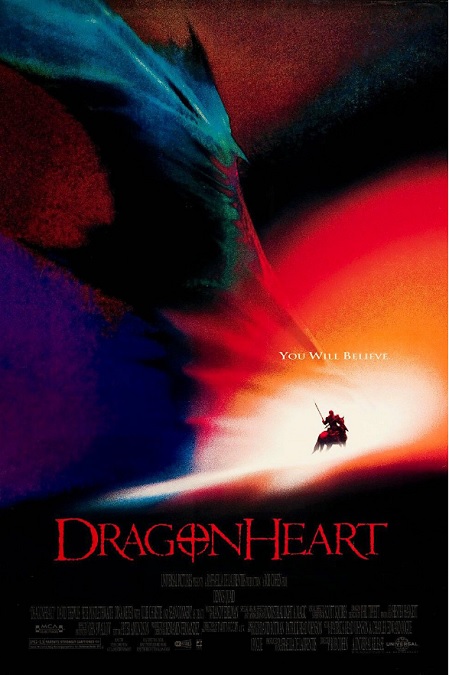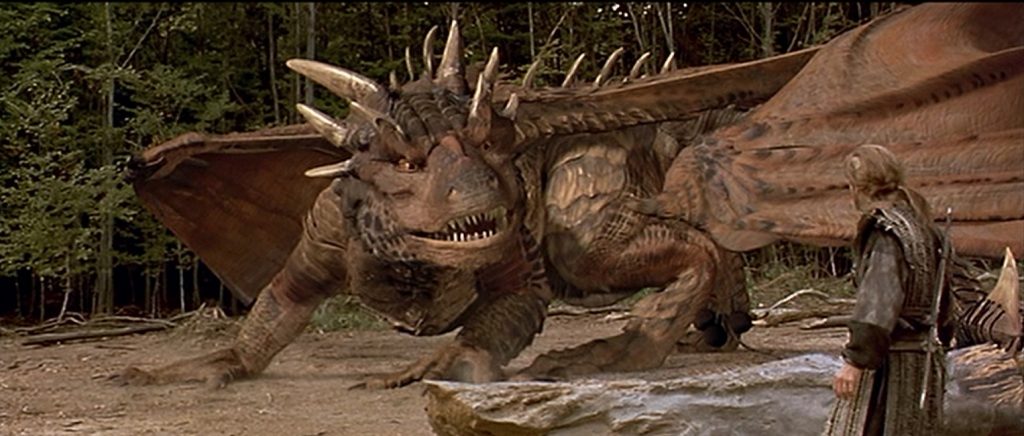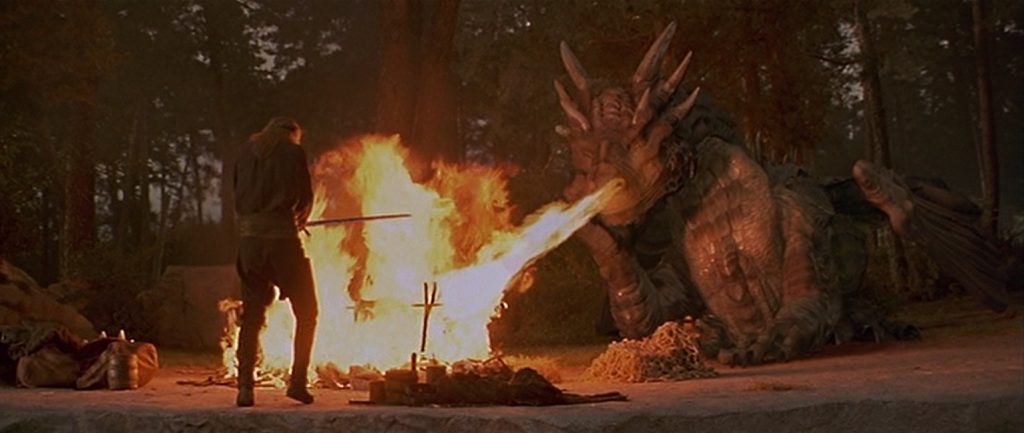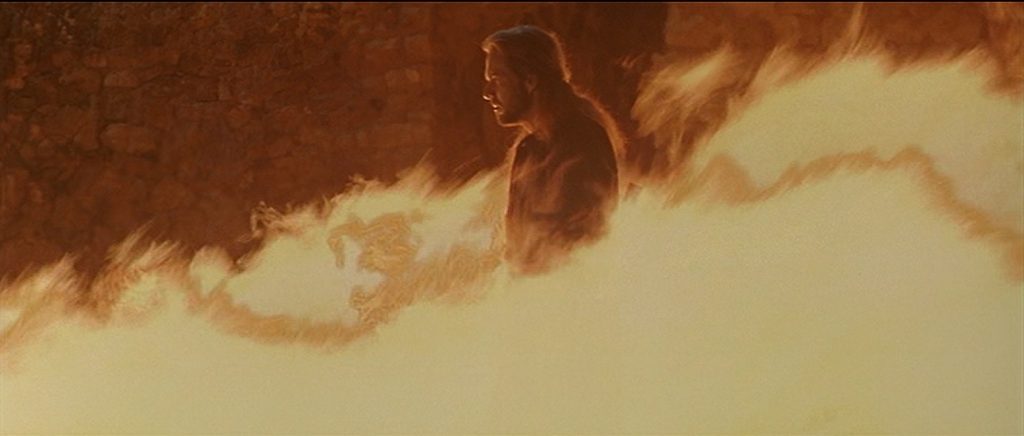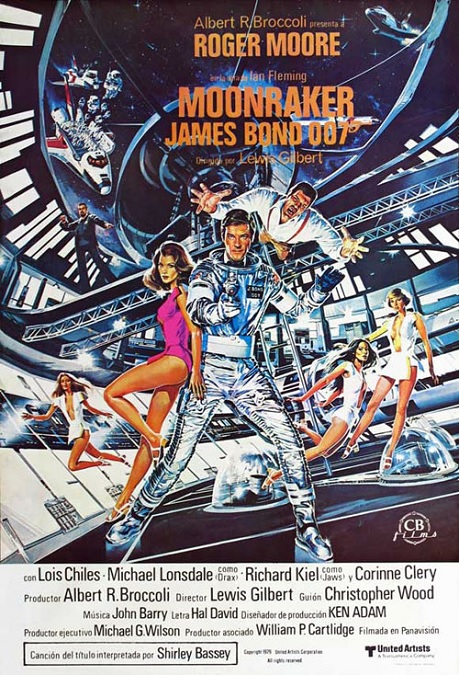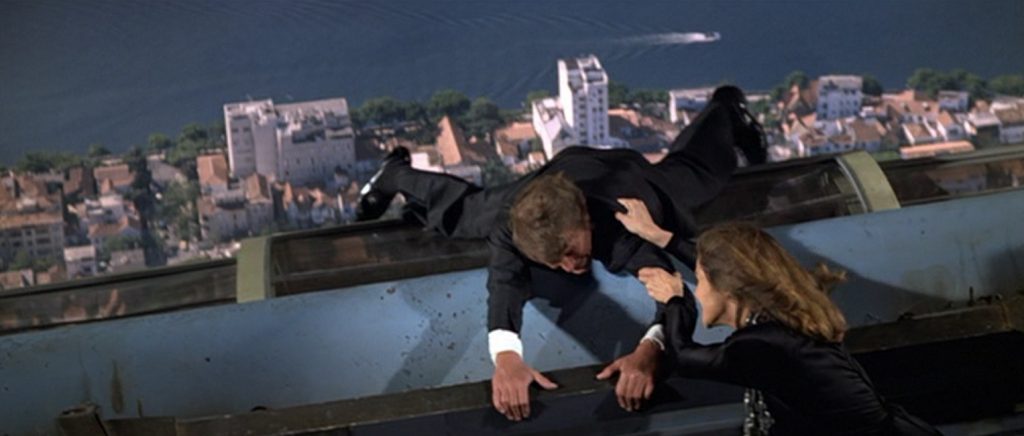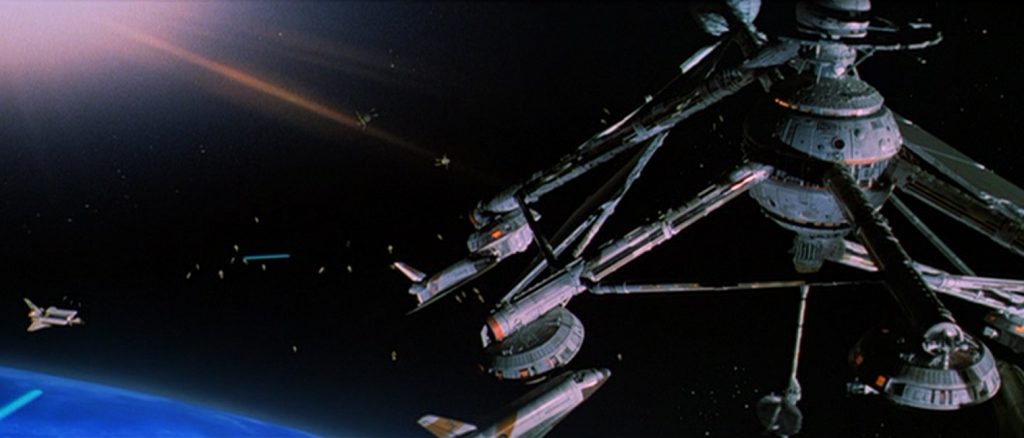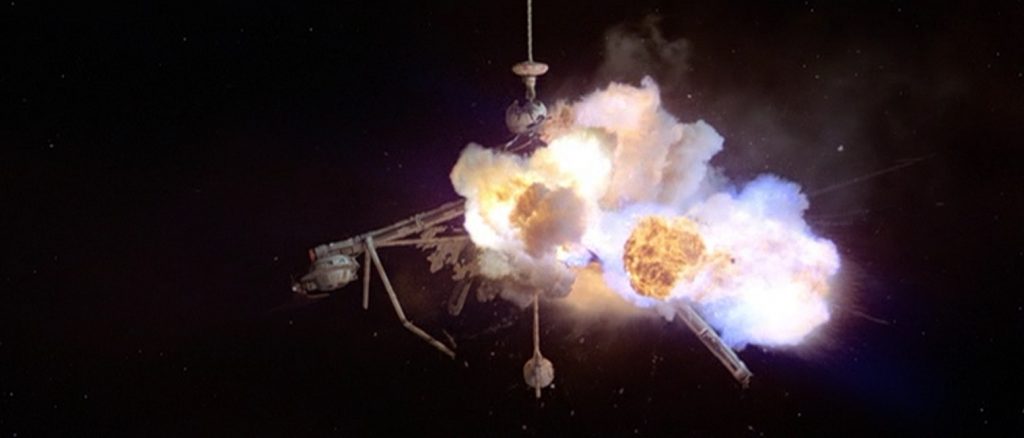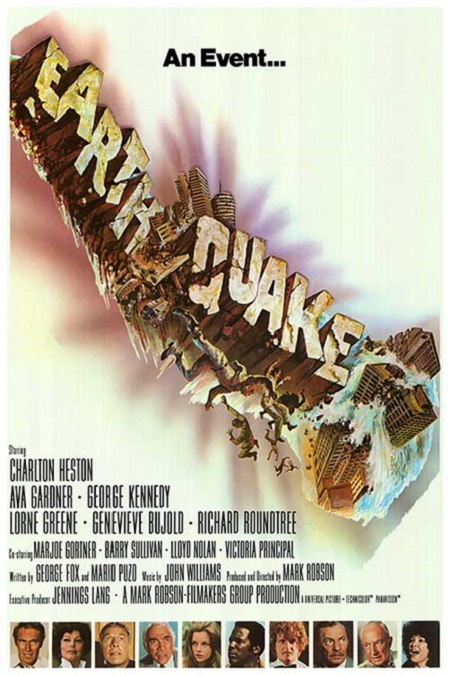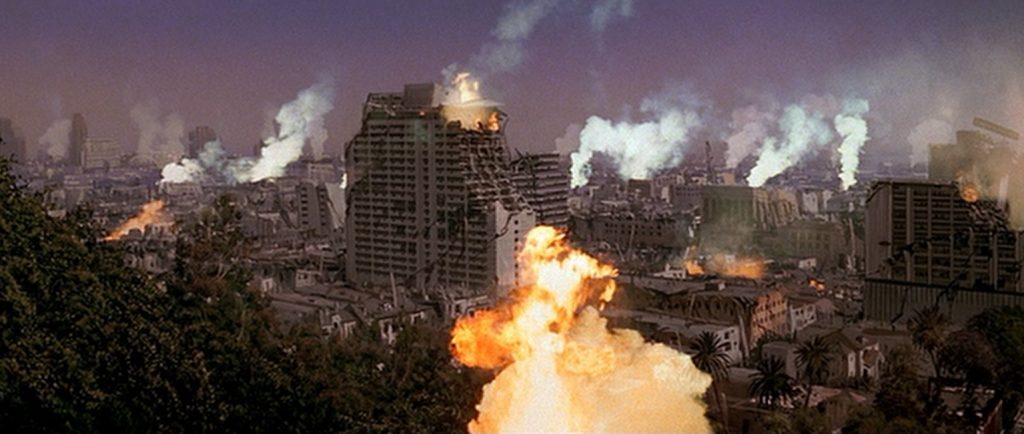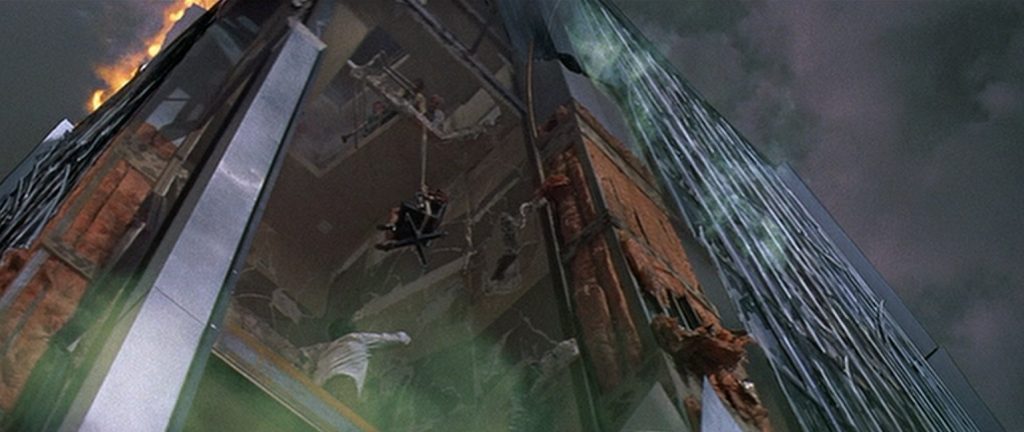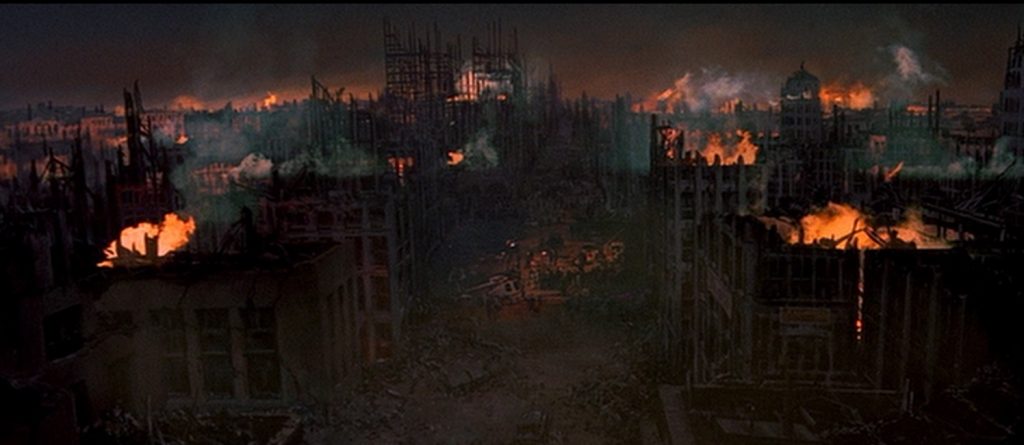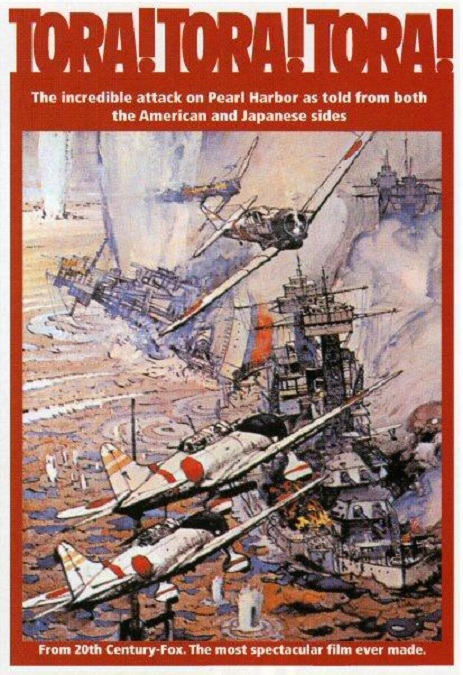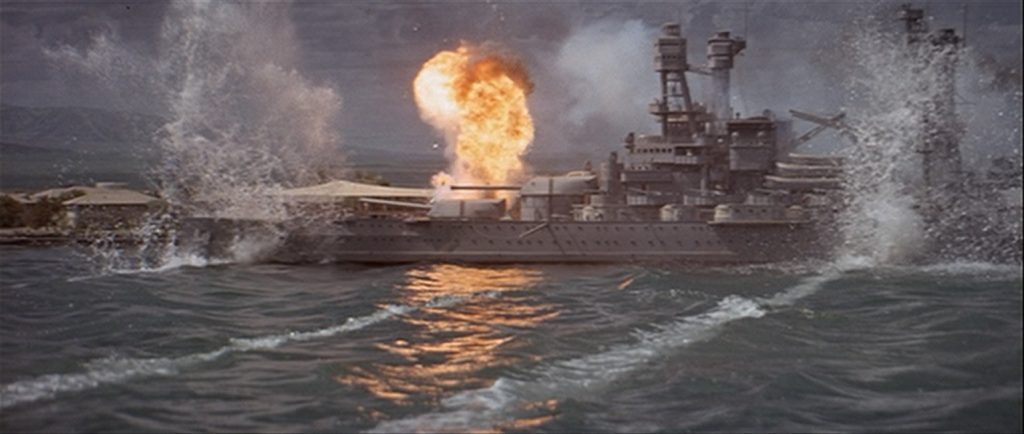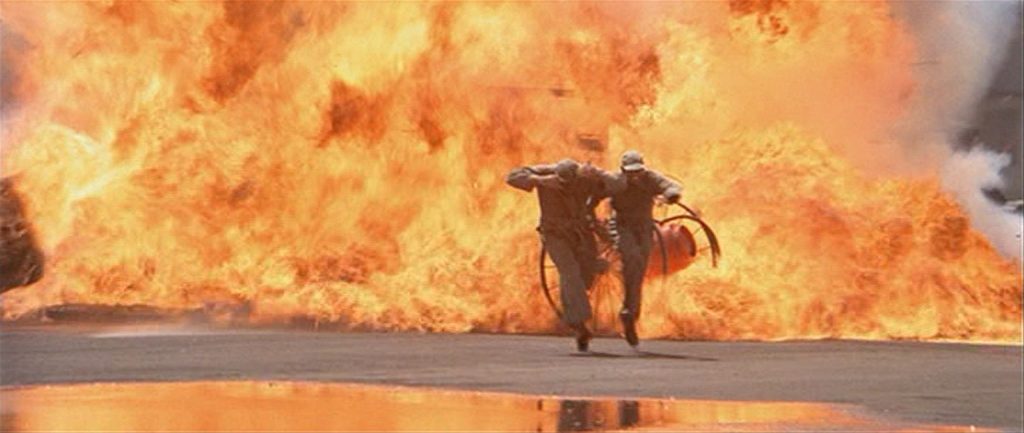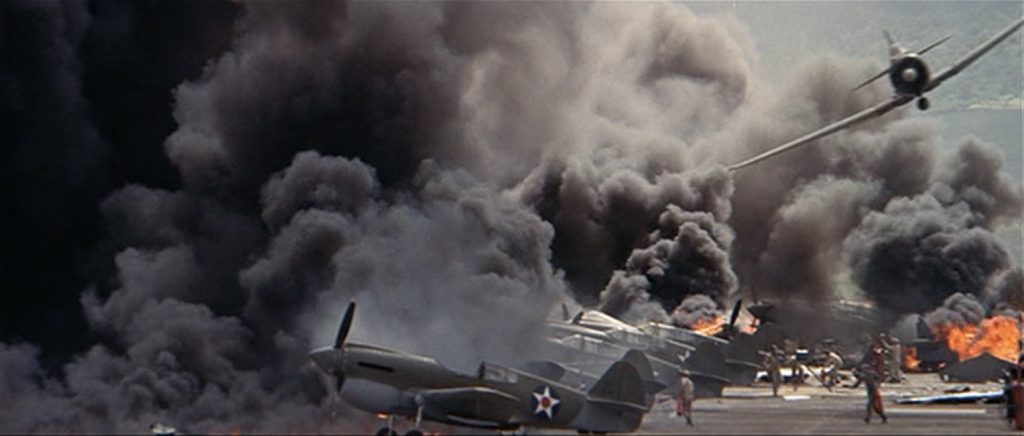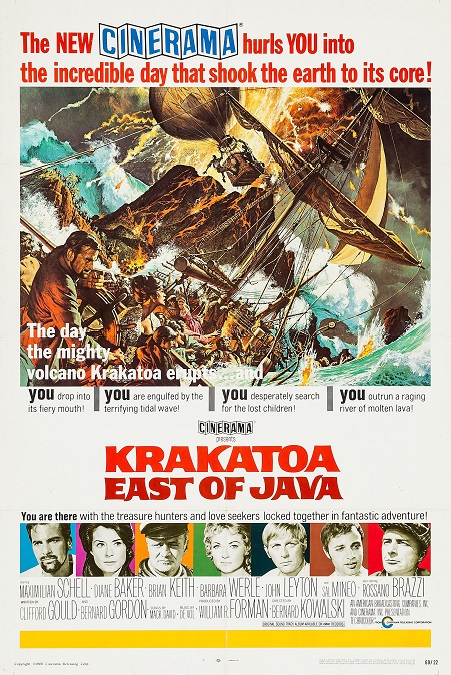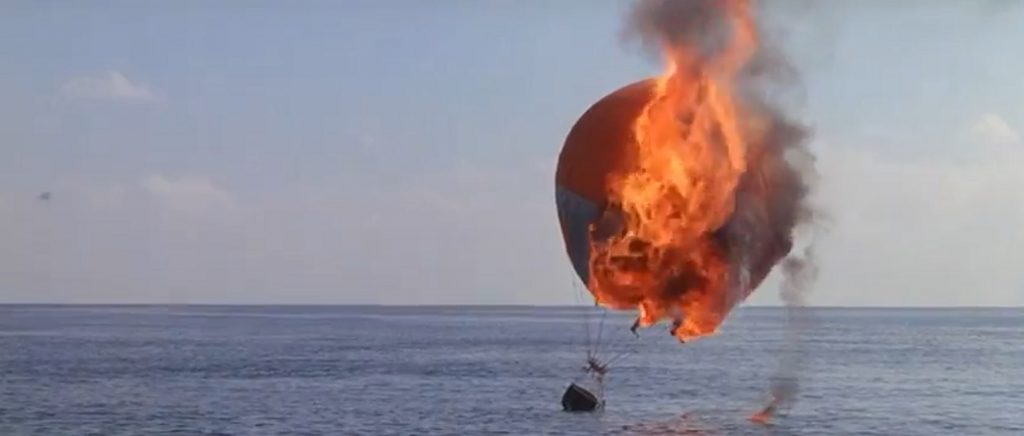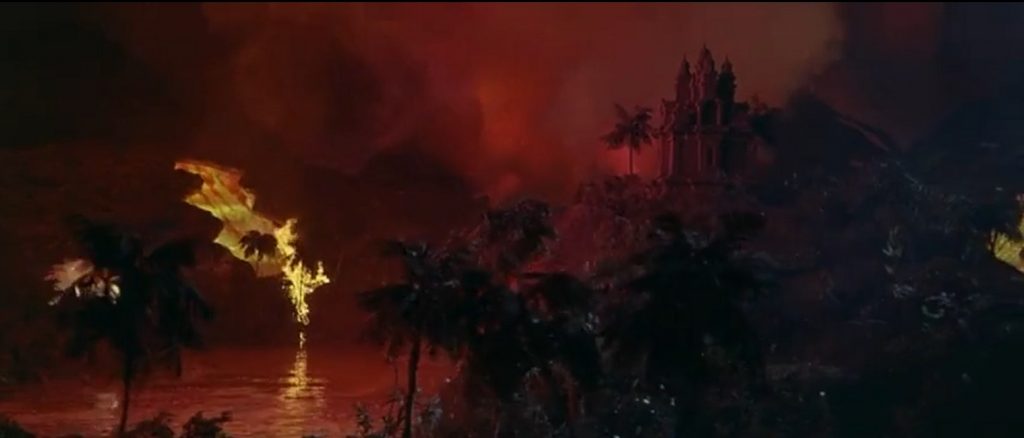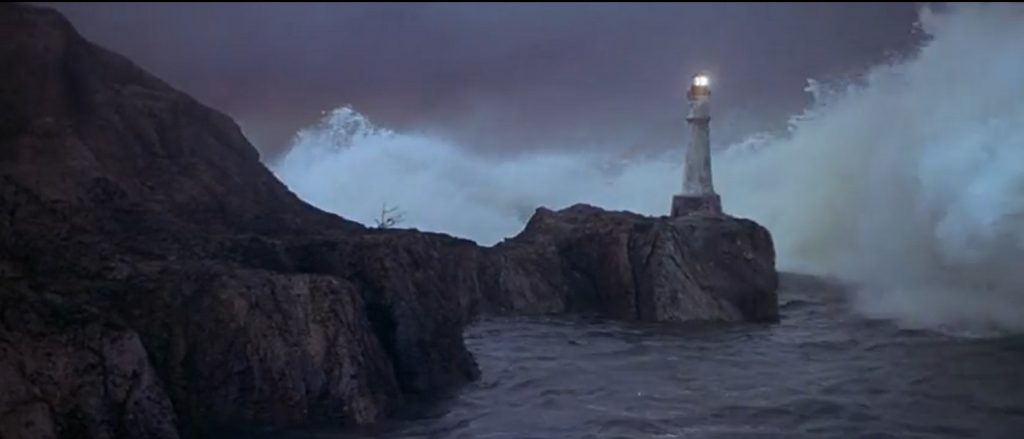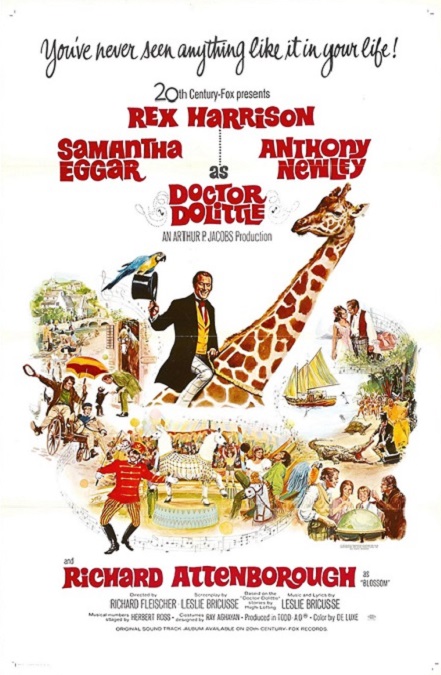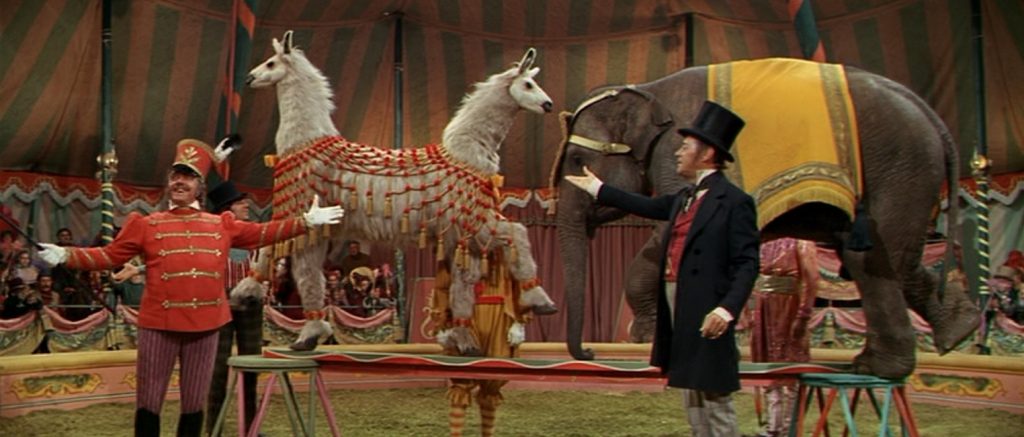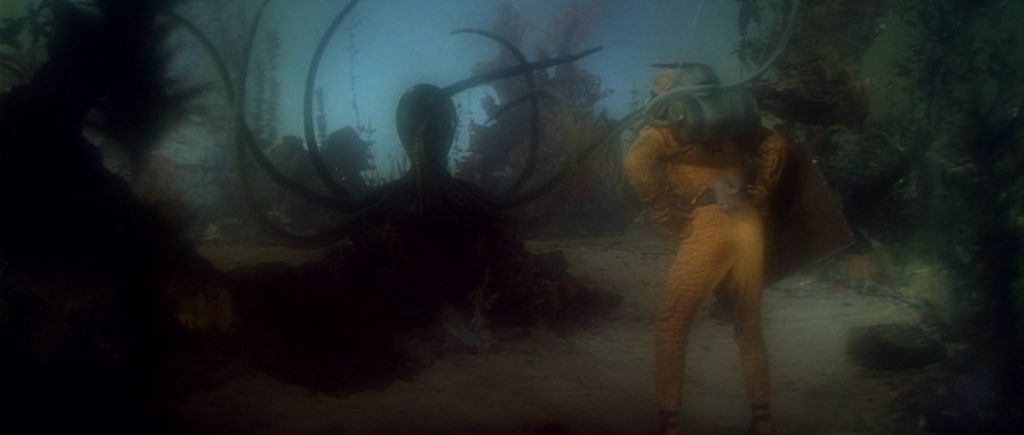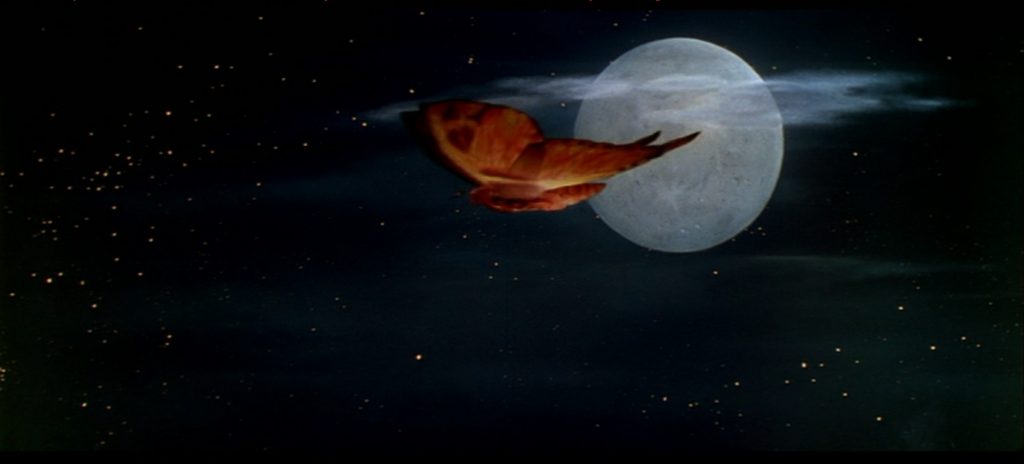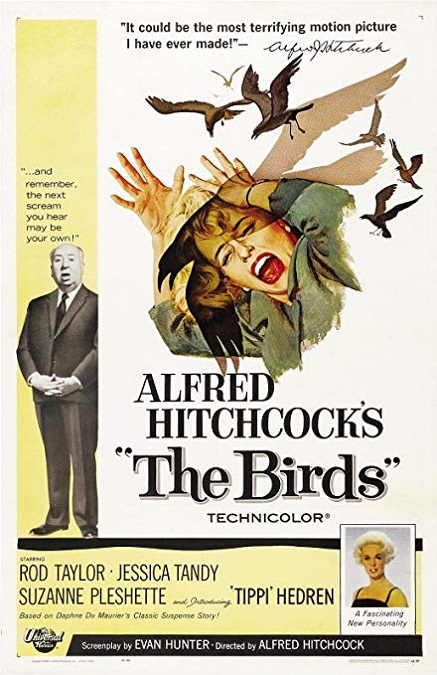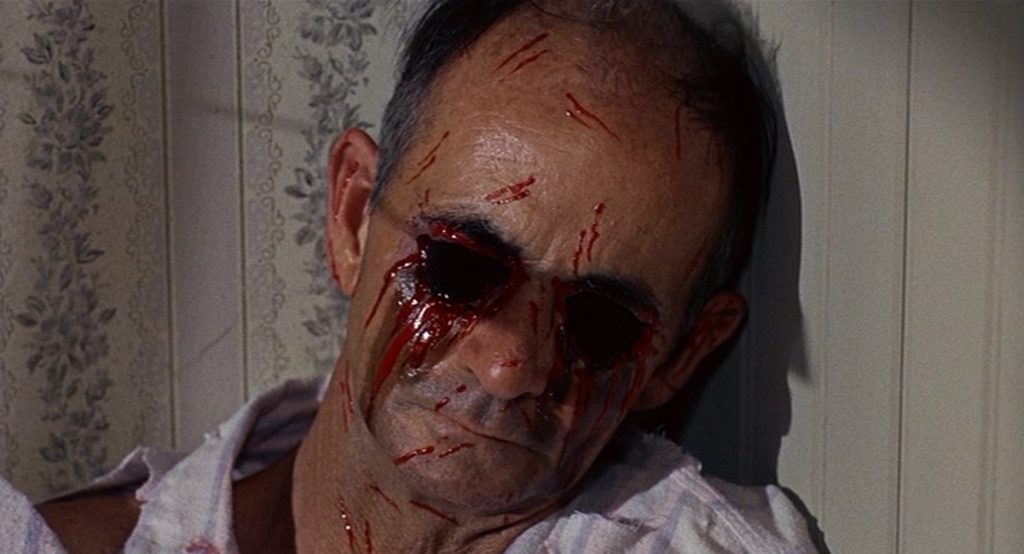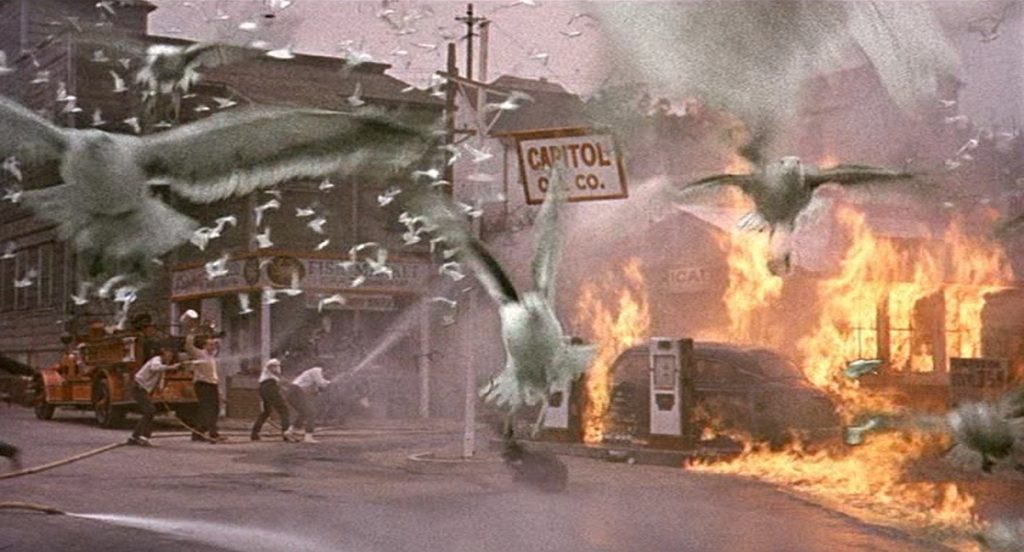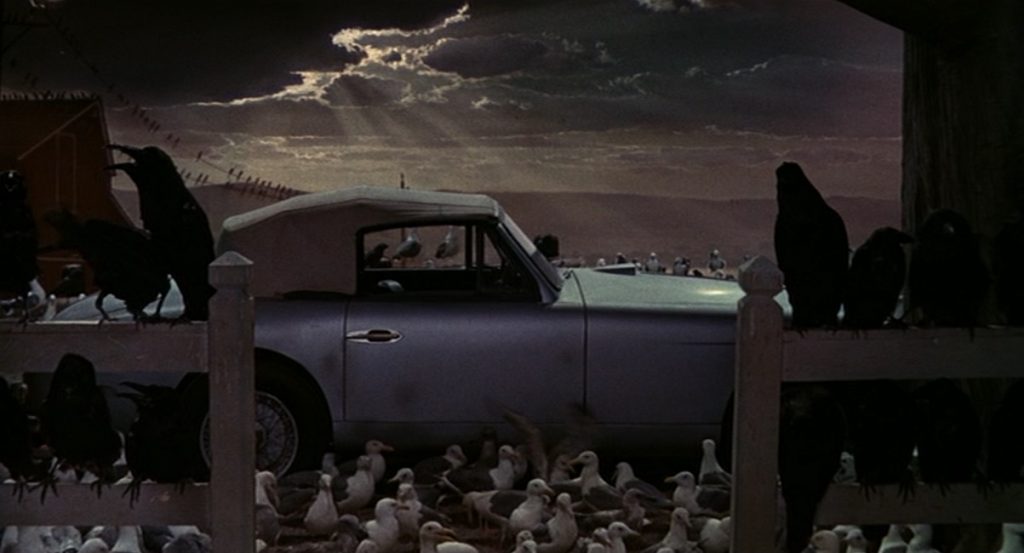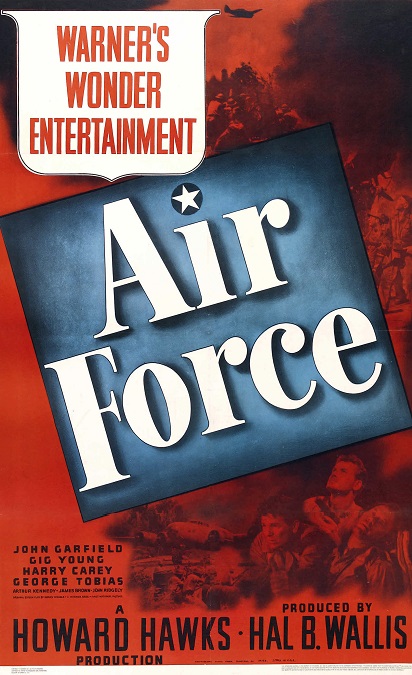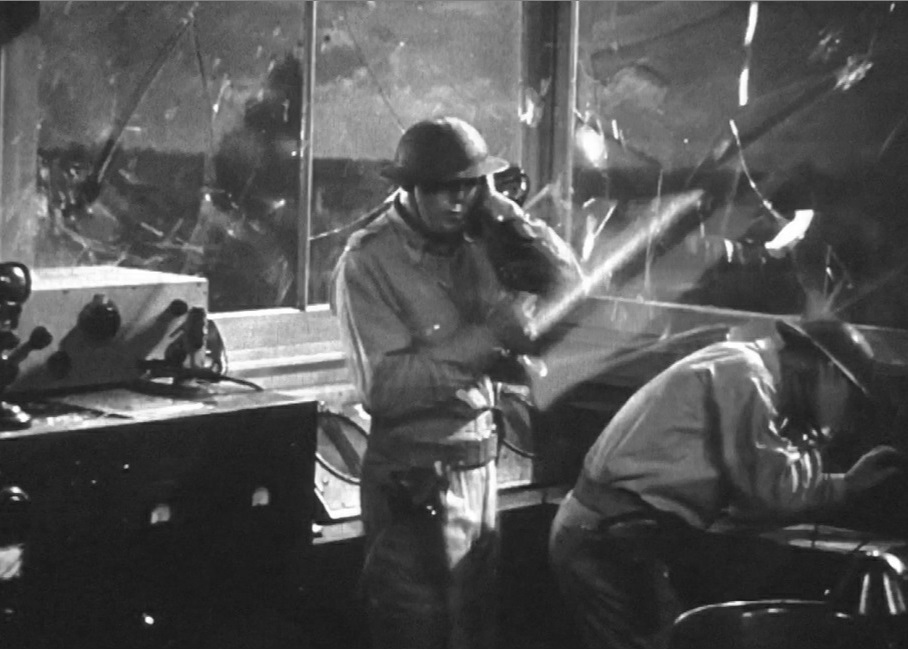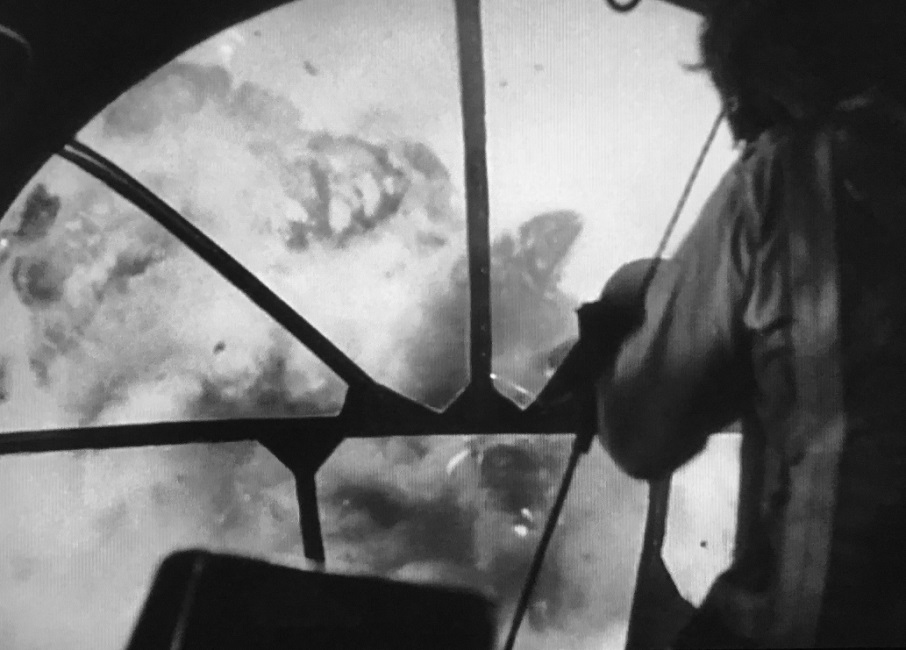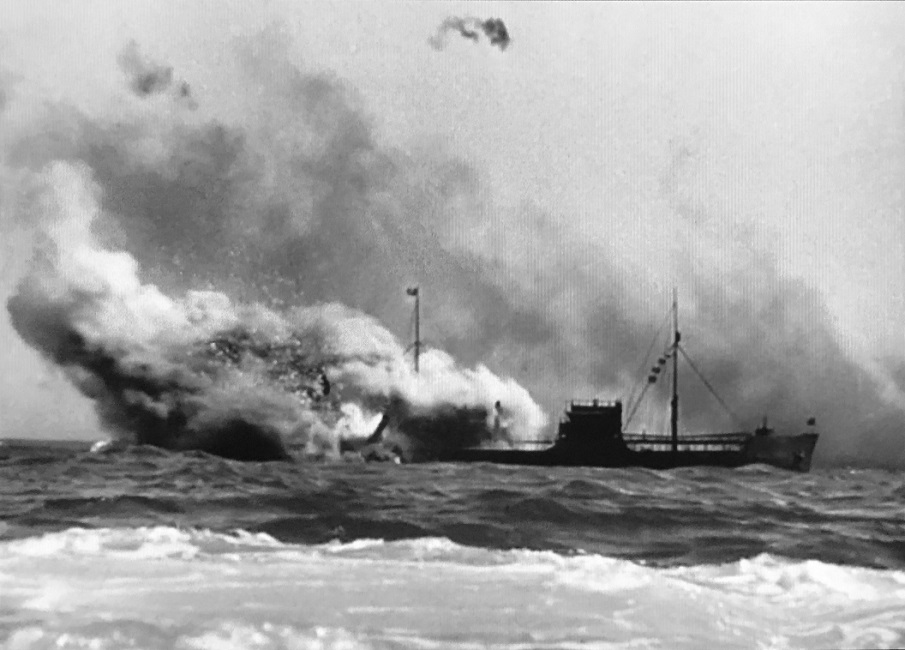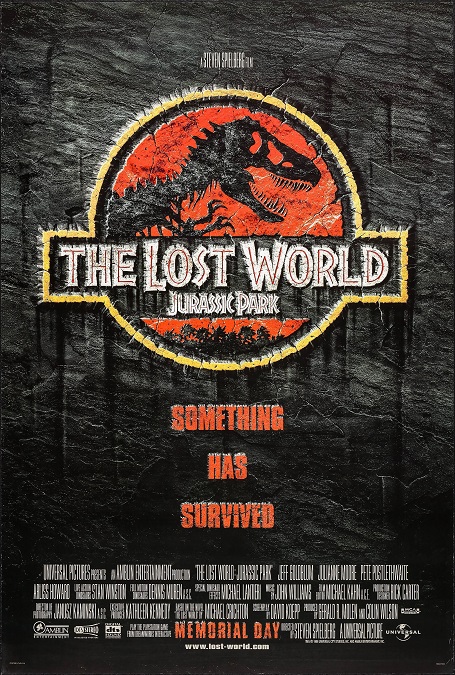
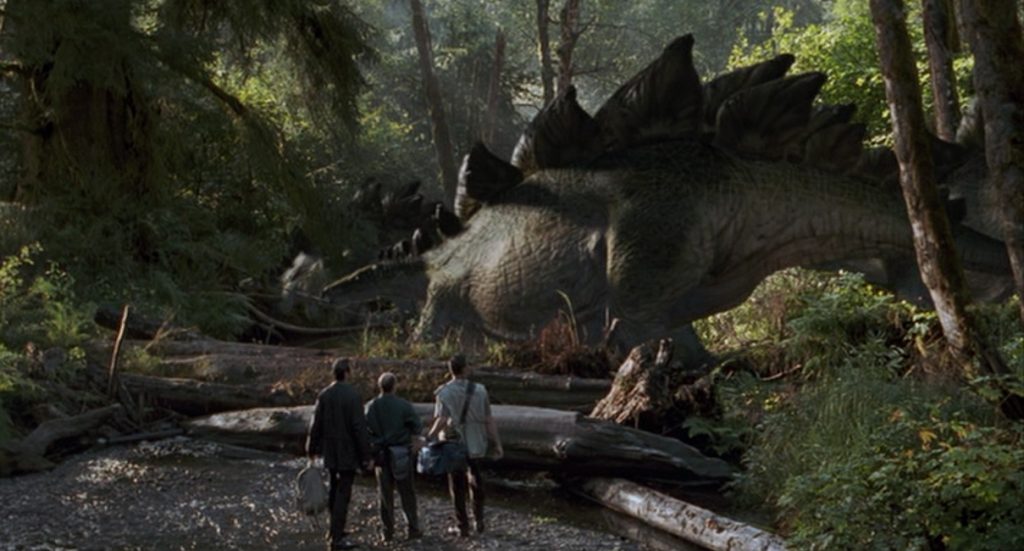
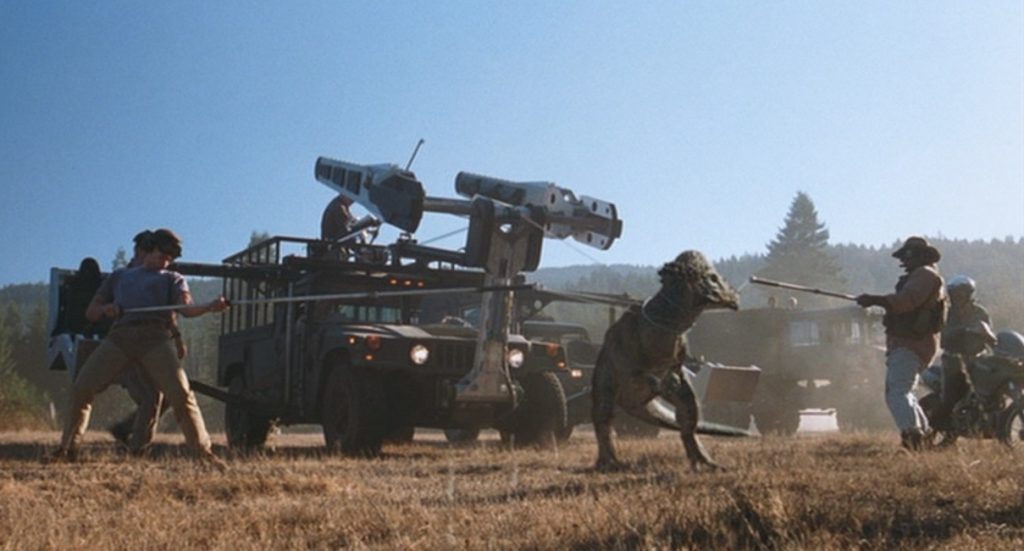
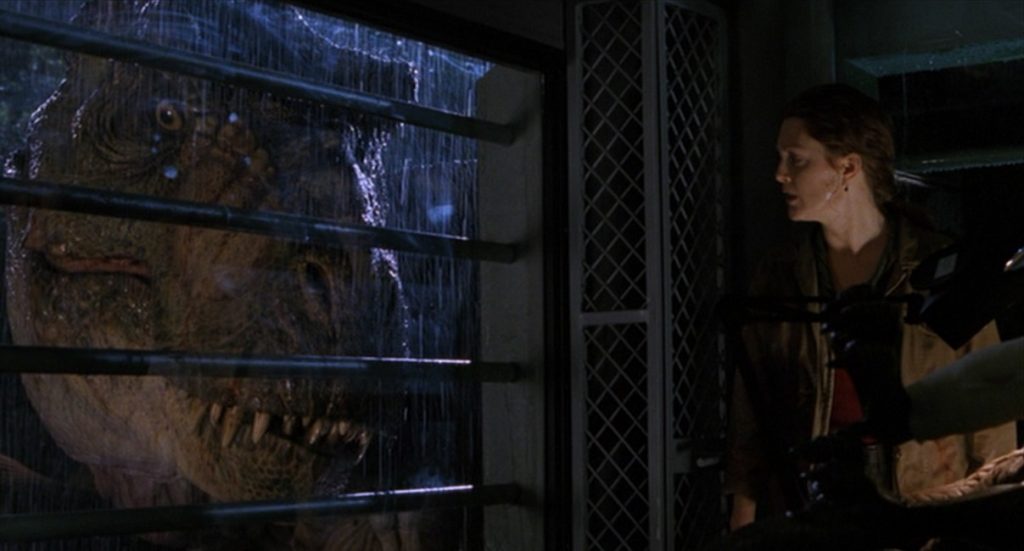
The Lost World: Jurassic Park – 1997

This movie wasn’t perfect, but its special effects weren’t too bad. They were consistent and interesting. The problems I had with the movie were in the script and not in the visuals. So, we’ve all seen Jurassic Park and marveled at the super-realistic dinosaurs. Well, here in the second installment of the franchise, we get several new dinosaurs to dazzle us. Spielberg also put them in new locations and situations just to add a little more interest.
But that being said, the good things were great. The new dinosaurs that I really liked were the Stegosauruses, the pack of Compsognathus, and the Pachycephalosaurus. But of course, the main villains were the T-Rex and the Velociraptors, though the Raptors were somehow less deadly than their predecessors in the first Jurassic Park movie.
This time, instead of a single T-rex, we had two of them and their child. The baby Rex was designed to be almost cute, that is, until his mother prods him to tear the main human villain to pieces. Unfortunately this took place off camera. Funny, the death of the man who was devoured by the tiny Compsognathus herd took place off camera as well. We are shown how dozens of the little monsters chased down and attacked the guy, which was pretty cool, but the killing surge was not shown. This was strange because when one of the good guys was ripped in half by the two adult Tyrannosauruses, we got to see it all.
This movie had the distinction of having professional hunters going up against the dinosaurs. They had modern guns, high-tech jeeps and equipment, and actually managed to capture several dinos, even the adult male T-Rex eventually. There was a cool scene in which the men in their trucks were racing along with the dinosaur herds and capturing them, and that looked cool. And then, in the film’s climax, the T-Rex was brought to San Diego, where it destroyed property, caused car crashes, and devoured people. I loved when it bit and mangled a traffic light.
The only really unbelievable thing that happened in the movie was when Julianne Moore, Jeff Goldbloom, and Vince Vaughn were trapped in an equipment trailer that the mother T-rex was pushing over a cliff. With the rear section of the trailer already dangling over the edge, the humans are holding on to a rope that had been threaded through the windshield of the front section of the vehicle. As the front half topples over the sheer drop, the trailer slips over the people like a sock falling off a stick. None of them are even so much as touched by the interior of the vehicle, which is full of equipment, furniture, and electrical consoles. Nope! Not buying that one! But again, that has to do with the script and not the effect itself.
But in the end, the visual effects in this movie were very good. They were just more of the same effects we saw in the first Jurassic Park film. Only the dinosaur breeds were different… well, some of them. But it was enough to give the audiences things they had not exactly seen before, and I can appreciate that.
